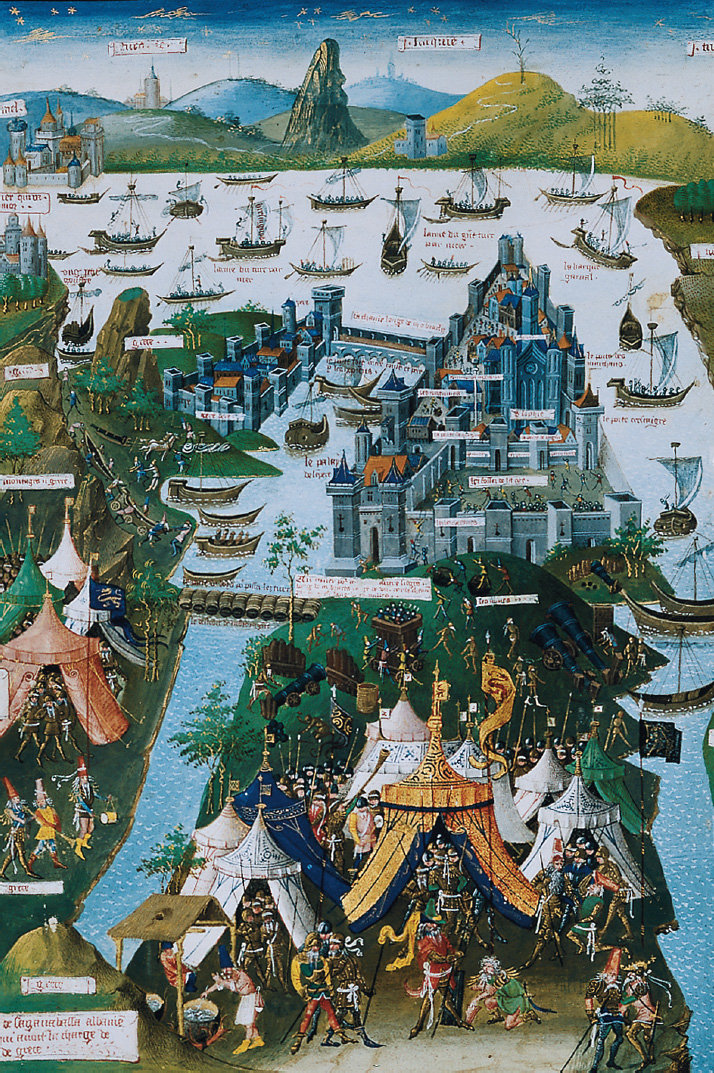The Ottoman and Persian Empires

The Middle East served as an intermediary for trade between Asia, Africa, and Europe and was also an important supplier of goods for foreign exchange, especially silk and cotton. Two great rival empires, the Persian Safavids (sah-FAH-vidz) and the Turkish Ottomans, dominated the region. Persian merchants could be found in trading communities as far away as the Indian Ocean. Persia was also a major producer and exporter of silk.
The Persians’ Shi’ite Muslim faith clashed with the Ottomans’ adherence to Sunnism. Economically, the two competed for control over western trade routes to the East. Under Sultan Mohammed II (r. 1451–1481), the Ottomans captured Europe’s largest city, Constantinople, in May 1453. Renamed Istanbul, the city became the capital of the Ottoman Empire. By the mid-sixteenth century the Ottomans controlled the sea trade in the eastern Mediterranean, Syria, Palestine, Egypt, and the rest of North Africa, and their power extended into Europe as far west as Vienna.
Ottoman expansion frightened Europeans. The Ottoman armies seemed invincible and the empire’s desire for expansion limitless. In France in the sixteenth century, only forty books were published on the American discoveries compared to eighty on Turkey and the Turks.4 The strength of the Ottomans helps explain some of the missionary fervor Christians brought to new territories. It also raised economic concerns. With trade routes to the East dominated by the Ottomans, Europeans wished to find new trade routes free of Ottoman control.